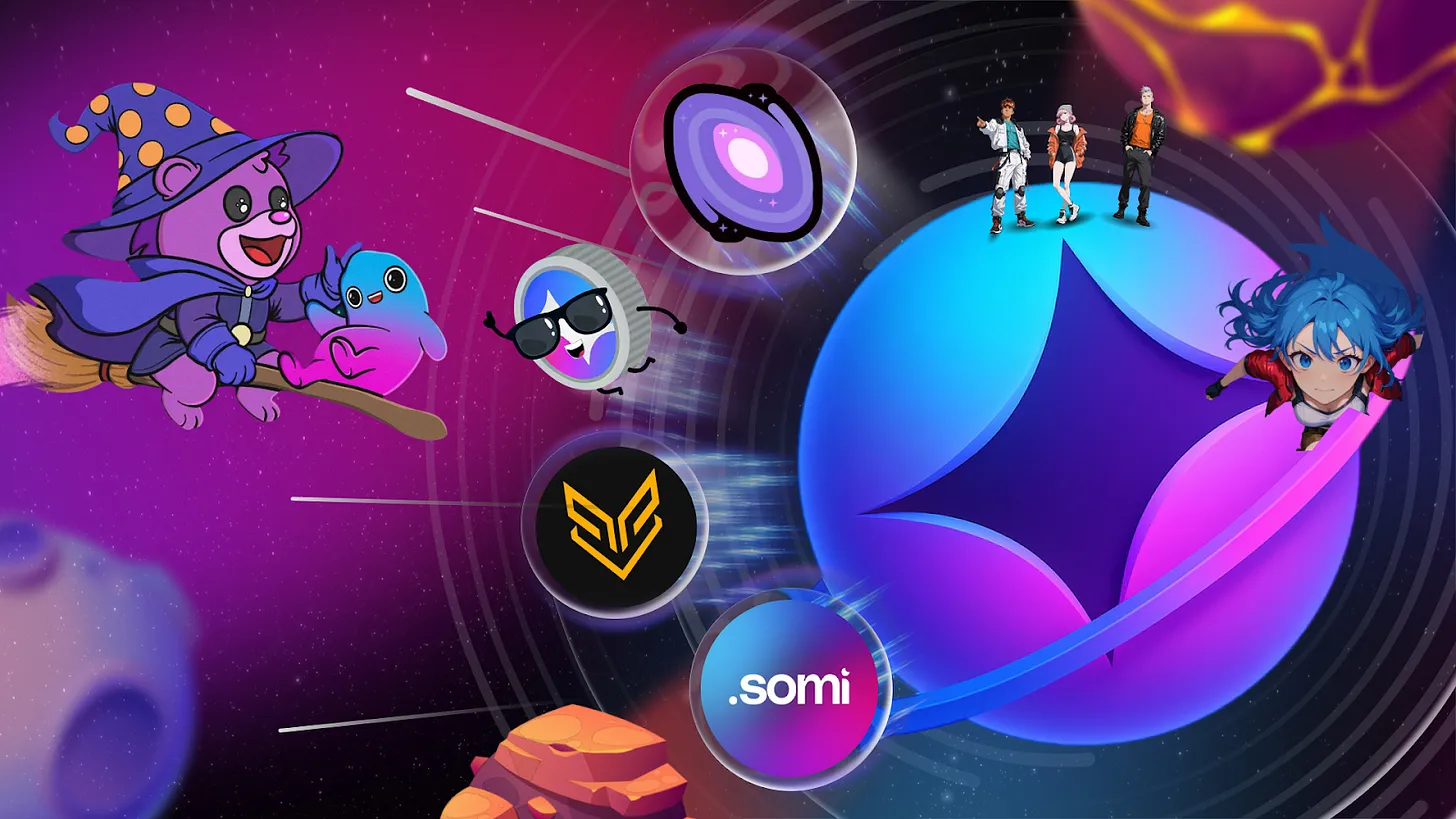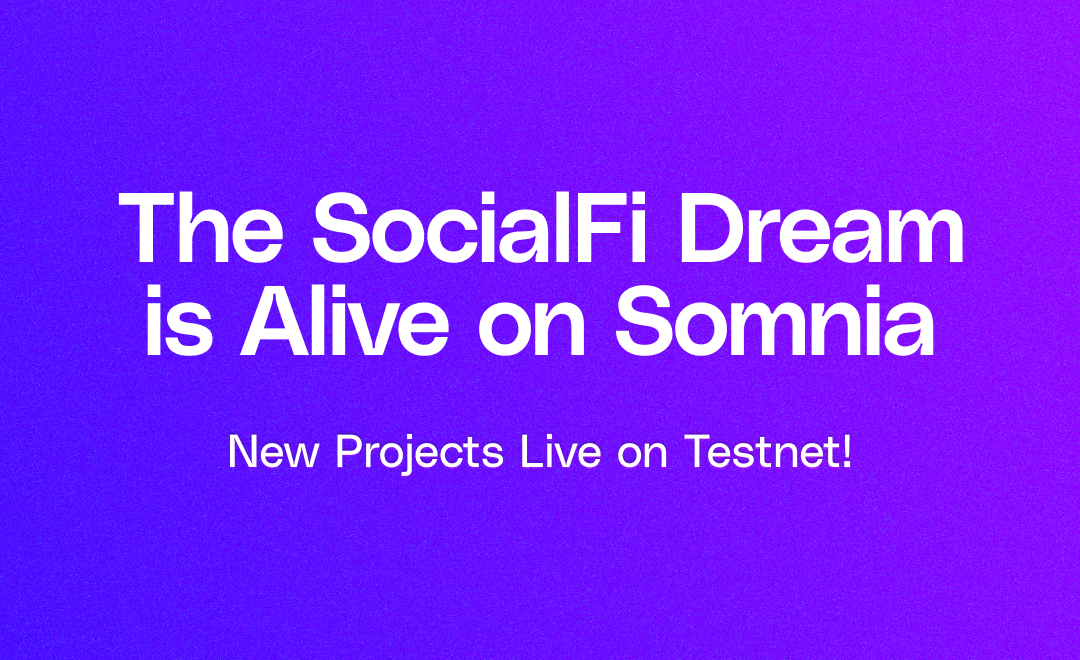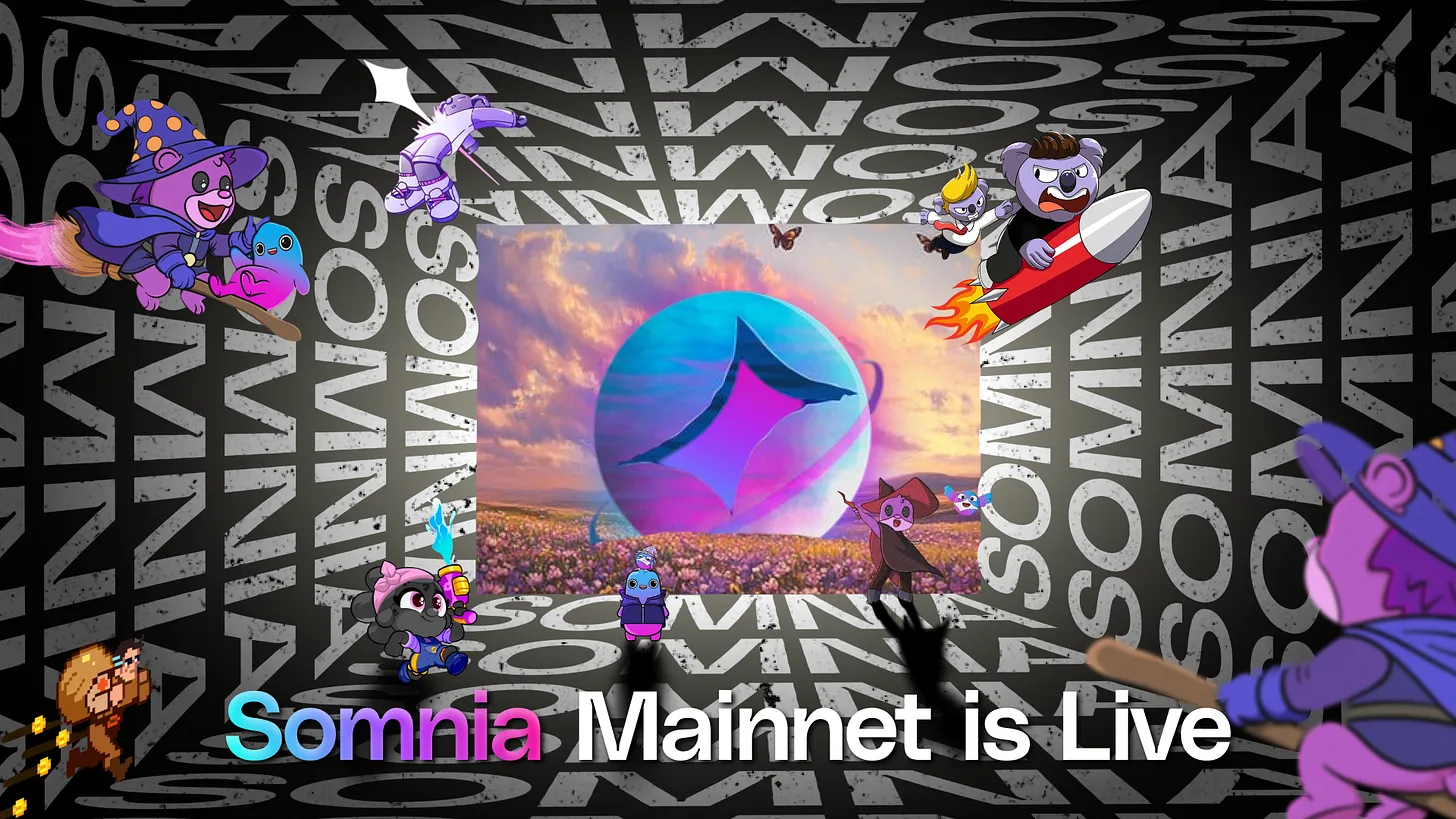
Somnia Gives Builders the Tools to Rethink Social Media

If we want to build social platforms that serve people rather than exploit them, we need infrastructure that doesn’t inherit the limits of Web2. Somnia wasn’t built to copy existing models, it was built to break them. Its architecture gives developers the performance and flexibility to design social systems around users, not extractive algorithms.
Social Can Be Better
There was a lot of excitement and optimism about social media when the first applications started going live, with many of us thinking that they would connect the world, break down cultural barriers and give independent creators a chance to make it without going through corporate gatekeepers, but these dreams have failed to materialize. In many ways we have become more divided, and creators spend more time trying to figure out algorithms than they do honing their craft.
Perhaps we were too optimistic, but those platforms that inspired us over a decade ago are not the platforms that exist today. A long time ago they morphed into something different to serve the desires of surveillance capitalism, where data is extracted from users and monetized by the platforms. This has created a terrible user experience, which is why traditional social media platforms are having an increasingly difficult time keeping people interested. It doesn’t have to be this way though, and there is indeed a growing interest in new models for social platforms.
The appetite for change is growing, and builders are starting to take matters into their own hands. Somnia offers the foundation they need to do it right. New social platforms are already building and deploying on Somnia, including ForU AI, LootMogul, and QSTN. Each one is exploring its own unique path toward more open, intelligent, and user-driven networks.
ForU AI: Autonomous Agents and Decentralized Identity
ForU AI is bringing a new model for identity and automation to the Somnia ecosystem. The platform enables users to deploy AI agents that act on their behalf, using decentralized identity (DID) systems that are transparent and verifiable.
Each user or community can issue an AI-DID, linking data from Web2 platforms like Twitter or Spotify to an on-chain profile. These profiles support real-time automation, intelligent interaction, and financial decision-making at scale.
ForU AI is now live on Somnia’s Testnet, and the platform is offering a suite of tools for avatar creation, NFT identity drops, agent deployment, social quest integration and a cross-chain bridge for users migrating from SEI. ForU AI will also be hosting the first NFT “open edition” on Somnia, so pay attention for more details coming soon!
This is a foundational piece of Somnia’s AI ecosystem. It enables everything from personal assistants to DAO moderators to fully autonomous in-game NPCs, all built on transparent logic and real-world data.
LootMogul: Where Sports, AI, and Blockchain Converge to Redefine Digital Engagement
LootMogul is now live on Somnia’s Testnet, revolutionizing digital engagement by merging AI Influencers, blockchain, and hyper-personalized content to empower athletes, celebrities, and fans with 24/7 interaction and ethical monetization.
LootMogul is revolutionizing the digital content landscape by pioneering the future of content creation, distribution, and monetization. The platform uniquely integrates sophisticated AI Influencers and Autonomous AI Agents with the security and transparency of blockchain technology.
At its core, LootMogul empowers athletes, celebrities, and creators to train highly personalized AI personalities. These AI counterparts, capable of delivering 24/7 engagement, generate hyper-personalized content for fans, fostering deeper connections and unprecedented interaction. Underpinning this capability, LootMogul leverages Google’s latest Gemini Large Language Model and a robust agentic framework. Each AI is meticulously trained using over 1,000 hours of data per individual, creating a highly scalable and modular sports agent AI architecture.
The platform emphasizes transparency, true ownership, and innovative monetization models, unlocking new opportunities within the burgeoning digital content economy. By bridging the gap between creators and their communities through intelligent AI and blockchain, LootMogul is building a dynamic, interactive, and value-driven ecosystem.
Grounded in ethical principles and a commitment to creative problem-solving, LootMogul provides tangible solutions that embody a playful yet intelligent approach to technology adoption, ensuring meaningful outcomes for both creators and fans.
QSTN: Bringing Surveys On-Chain
QSTN is a decentralized survey platform that allows users to monetize their data by participating in market research, and it’s now live on the Somnia Testnet. QSTN flips the traditional data model by rewarding users directly with points or crypto for sharing their opinions.
QSTN enables on-chain survey validation, automated token rewards, and seamless wallet connectivity. With features like NFT-based incentives, gated content, and creator-controlled survey mechanics, QSTN offers a community-first alternative to traditional platforms like Google Forms and SurveyMonkey, unlocking real utility in the data economy.
QSTN also incorporates AI-assisted tools for survey creation, allowing businesses and creators to quickly generate relevant questions based on target audiences or campaign goals. Its points and token-based economy encourages ongoing engagement, with earned rewards usable across the platform’s marketplace or within connected ecosystems. By combining familiar survey mechanics with Web3 infrastructure, QSTN provides a scalable model for decentralized data collection that respects user consent and delivers immediate, programmable incentives.
Social DAO Experiments
While very few of them managed to stand the test of time, there have been numerous experiments with blockchain-based social media platforms and DAOs during the industry’s short decade and a half long existence. One of the most interesting stories is that of Steemit, which eventually forked into a different project called Hive. This is a good piece of crypto history because it demonstrates how communities can own and operate the social platforms that they contribute to, and even become a stronger influence than the owners and creators of the platforms.
Steemit and Hive are both websites that combine the blogging functionality of platforms like Medium with a voting system similar to Reddit. Users can post content and get rewarded for their posts if they get a lot of upvotes, the same goes for comments, they can get rewards as well.
Steemit became very popular among content creators in 2016 and 2017, during the industry’s first mainstream bull run. It became so popular that it caught the attention of Justin Sun, one of the richest and most controversial people in crypto. Sun purchased enough of the project’s governance token to effectively own and control Steemit, but the community didn’t appreciate that some billionaire came along and took over their collectively owned platform.
So, since the project was a community-run DAO they forked the blockchain, and migrated all of the content and value over to a new platform called Hive. Everyone that had money and content on Steemit, would now have money and content on Hive, that is, everyone except for Justin Sun, his account on Hive was effectively worthless. Unfortunately for him, Hive became much more popular than Steemit in a very short period of time. The story of Hive shows the power of blockchain-based communities, and how users have much more control than they do in Web2.
On-Chain Social Graphs
One of the other major benefits of bringing social on-chain is the ability to create social graphs for users that can be taken from platform to platform. In practice, this means that users can take their content and their followers with them between platforms, giving them even more control over their own data and their own experience. People spend years building up a following on a social media platform, only to have their account banned or reach limited. Even if their account stays intact, there is always the likely chance that the platform will fall out of favor and get replaced by something else, leaving content creators to start over from scratch once again.
To fix this problem, some newer platforms have been experimenting with different ways to allow users to own and control their data through social graphs. These social graphs exist outside the platform, and contain all of the user’s content and contacts, but the platform is able to tap into this data and use it in their interface.
BlueSky is the most popular platform taking this approach, but users are still heavily reliant on centralized entities to host and protect their data. Blockchain makes this much easier, and there are some social platforms like Farcaster on Base, or Lens on Polygon and zkSync, that have been using blockchain to give their users control over their own data. These platforms are great and incredibly innovative, but they aren’t entirely on-chain, which forces them to rely on some centralized elements, and prevents them from leveraging the full scope of what’s possible with blockchain.
On-Chain Everything With Somnia
With Somnia, developers are no longer limited by the constraints of legacy infrastructure. They can build fully on-chain social systems, support meaningful ownership, and adapt to the way people actually want to interact online. From portable social graphs and user-owned identities to autonomous agents and AI-powered engagement tools, the possibilities are wide open.



